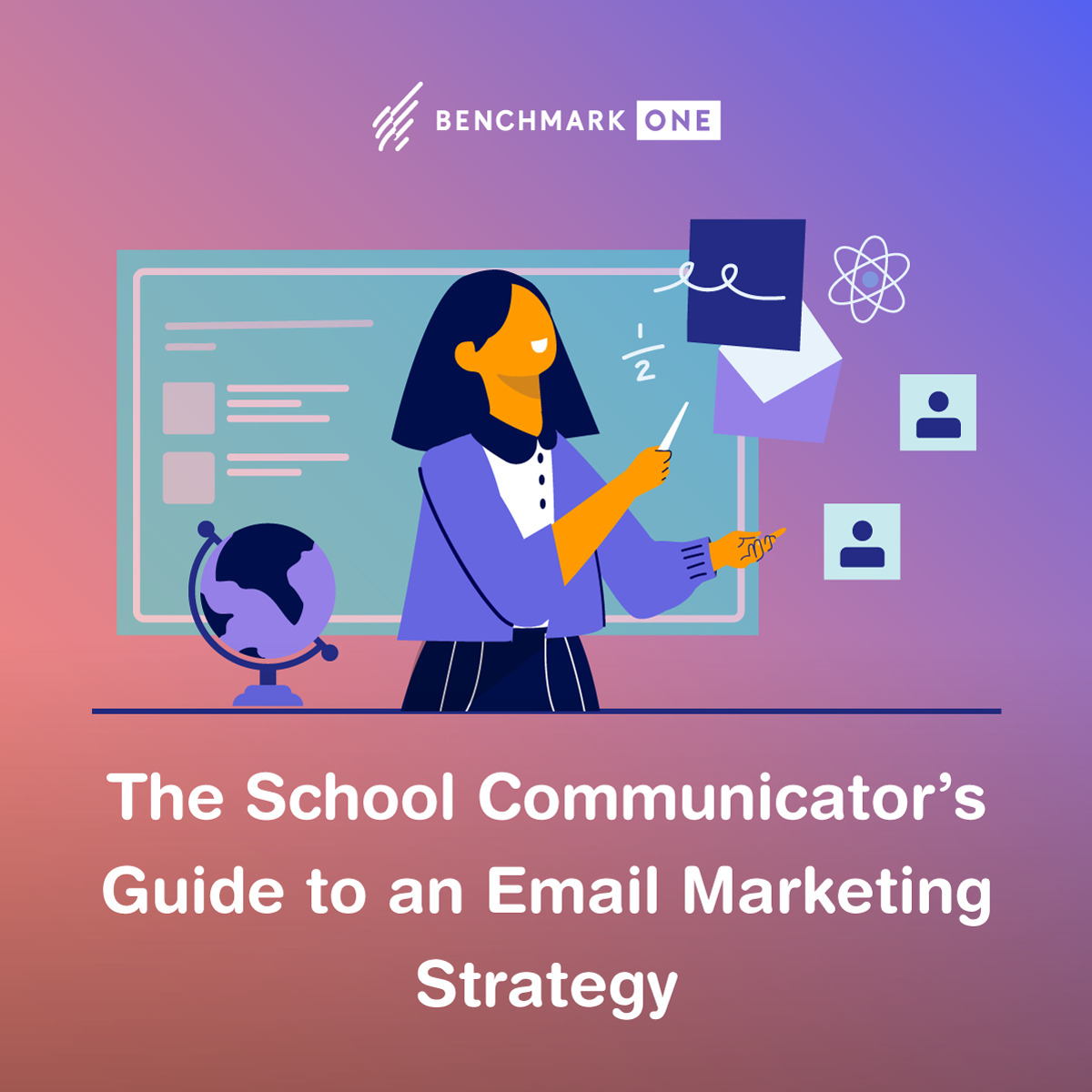
Email marketing may seem like just one more thing on your to-do list if you’re an educator (and we know that to-do list is a long one). But it’s essential that you have a firm understanding of how it’s beneficial in order to effectively keep parents and community members involved and in the know.
Email is one of the best tools at your disposal for connecting with your network. To make it work for you, though, you have to follow a few best practices. Here are some tips to help you put together an email marketing strategy that gets the job done.

1. Create a Documented Content Plan
The way you approach marketing in the education space isn’t really all that different from how marketing is approached in retail, hospitality, or any other seemingly unrelated sector. In all cases, it’s important to know who the audience is for your outreach and what you’re trying to achieve — plus how you intend to achieve it.
A content plan will help you take a high-level view of your email marketing efforts and narrow in on what needs to get done and when. There are a few different sections you’ll need to tackle in order to complete it, but trust us, it’s worth taking the time if it means your emails make more of an impact.
Establish Who Your Audience Is
The first step is done by creating personas for each type of person you may be reaching out to — for example, parents, donors, and community members — and outlining what their unique demographics and larger objectives are. To really understand who these people are, you have to get as specific as possible. Dive into their education, region, job titles, and other important background information. All of these factors affect how they make decisions and what they care about.
List Your Goals
This is perhaps one of the most important aspects of your email marketing strategy. What are you hoping these efforts will achieve? In education-driven email marketing, goals are usually things like increasing parent participation, increasing donor contributions, and getting more turnout for events.
Outline the Various Rules and Guidelines for Your Emails
Putting together a set structure from the get-go will save you time later on and will also be useful if you bring anyone on board to help. These include things like branding requirements, image requirements, length and tone, and anything else that you’ll want to be sure to adhere to in every message. Revisit these from time to time in case you need to make any adjustments.
List the Types of Content You Need to Create to Fuel Your Email Marketing
After all, you can’t have emails without content to fill them. Blog posts, guides and tutorials, and social media campaigns all have a place in educator emails, and you can also consider branching out into videos and original images.
2. Establish Which Tools You’ll Need
Email marketing tools are a major advantage for any educator since they take on a lot of the rote work while leaving you to just fill in the details.
If you can only utilize one tool, go with email marketing automation software. Not only does it make it incredibly easy to segment your contact lists and populate your emails with fresh content, but it’s also a one-stop-shop for tracking analytics so that you can see what’s generating the most success with your audience.
Room for something else? Bring in a project management tool, which will help you organize projects and tasks for your purposes and for collaboration efforts with colleagues. There are some great free options out there if you’re willing to give up a few bells and whistles.
3. Determine Your Sending Details
Figure out how often you’re going to send emails. Will it be once a month? Once a week? Timing is everything when it comes to email marketing, so you want to be sure to find the right cadence for maximum results. Test a few different frequencies and then use the analytics on your automation platform to see what gets the highest performance and engagement.
Equally important is to determine how many emails you need to send. Do you need to send a different email for different grades? What about different audience groups? Establish this early on so that you don’t waste any time sending out emails that aren’t getting the right message to the right people.
4. Map Out Your Creation Process
The last tip for effective email marketing as an educator is to iron out the kinks of your creation process, including both general content and the emails themselves. If you have other people helping you with this initiative, make sure that everyone knows what their role is, as well as how the team will work together to get things done.
Find a creation process that works well for you, whatever that looks like. The goal is to have a process that’s productive without being overly demanding, which leads to continuous output, so you’re not scrambling at the last minute.
Successful email marketing is well within reach. Follow the tips above to get the ball rolling on your strategy, and tweak it as you go when you start to see what content and timing gets you the best outcomes.



